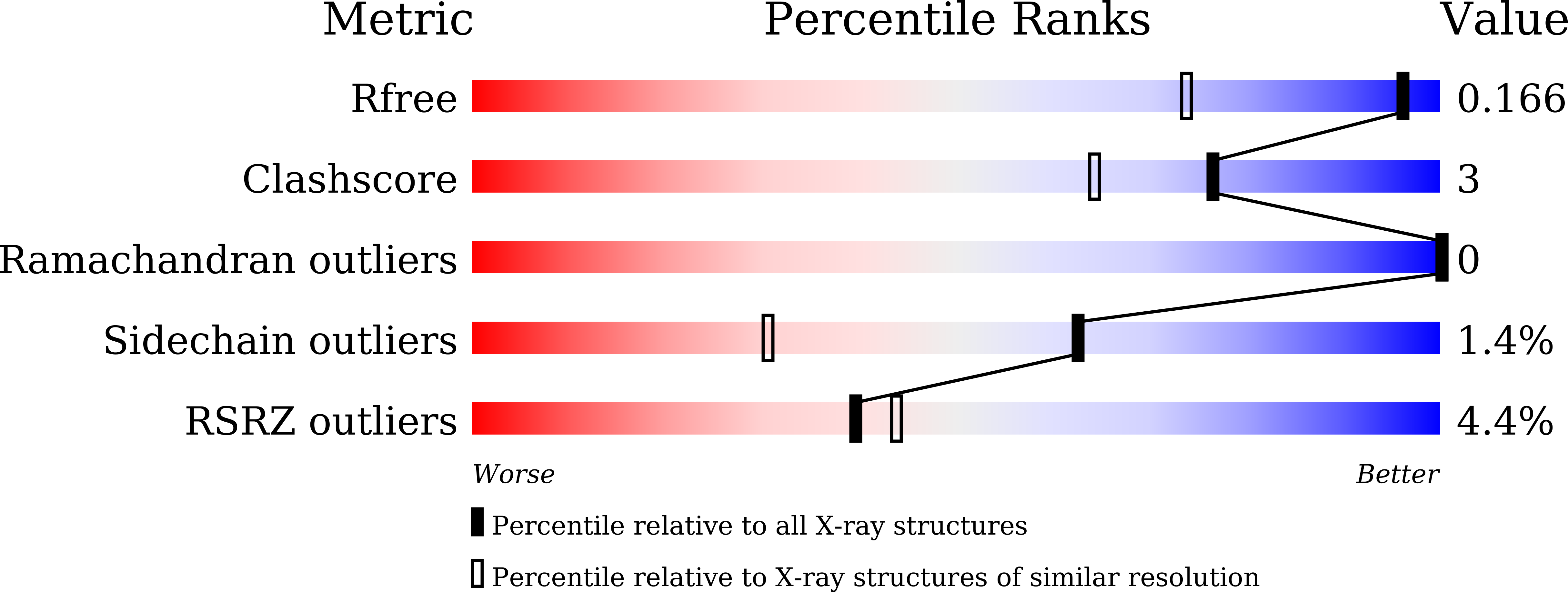
Deposition Date
2023-09-12
Release Date
2024-09-18
Last Version Date
2025-07-02
Method Details:
Experimental Method:
Resolution:
1.30 Å
R-Value Free:
0.16
R-Value Work:
0.13
R-Value Observed:
0.13
Space Group:
P 21 21 21


